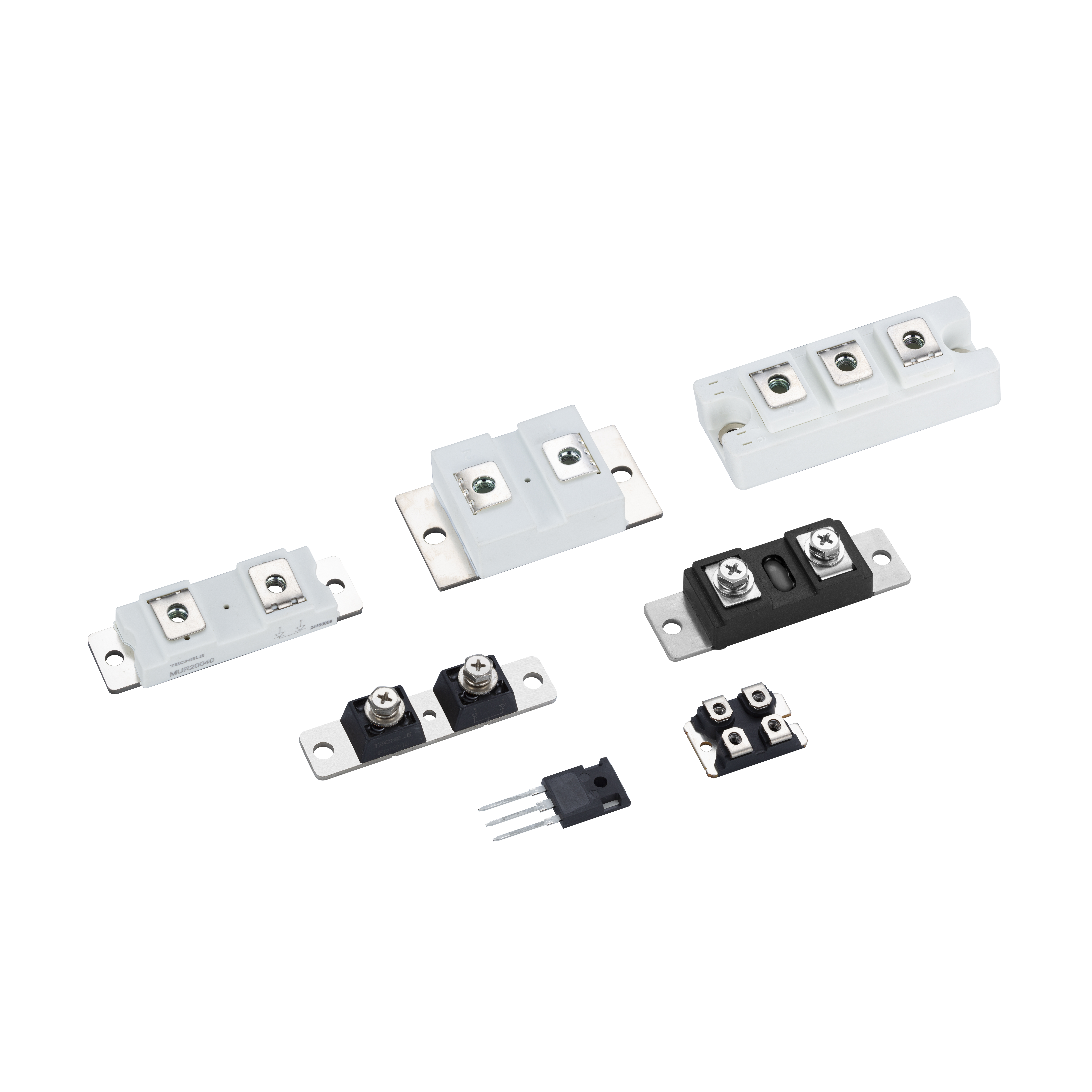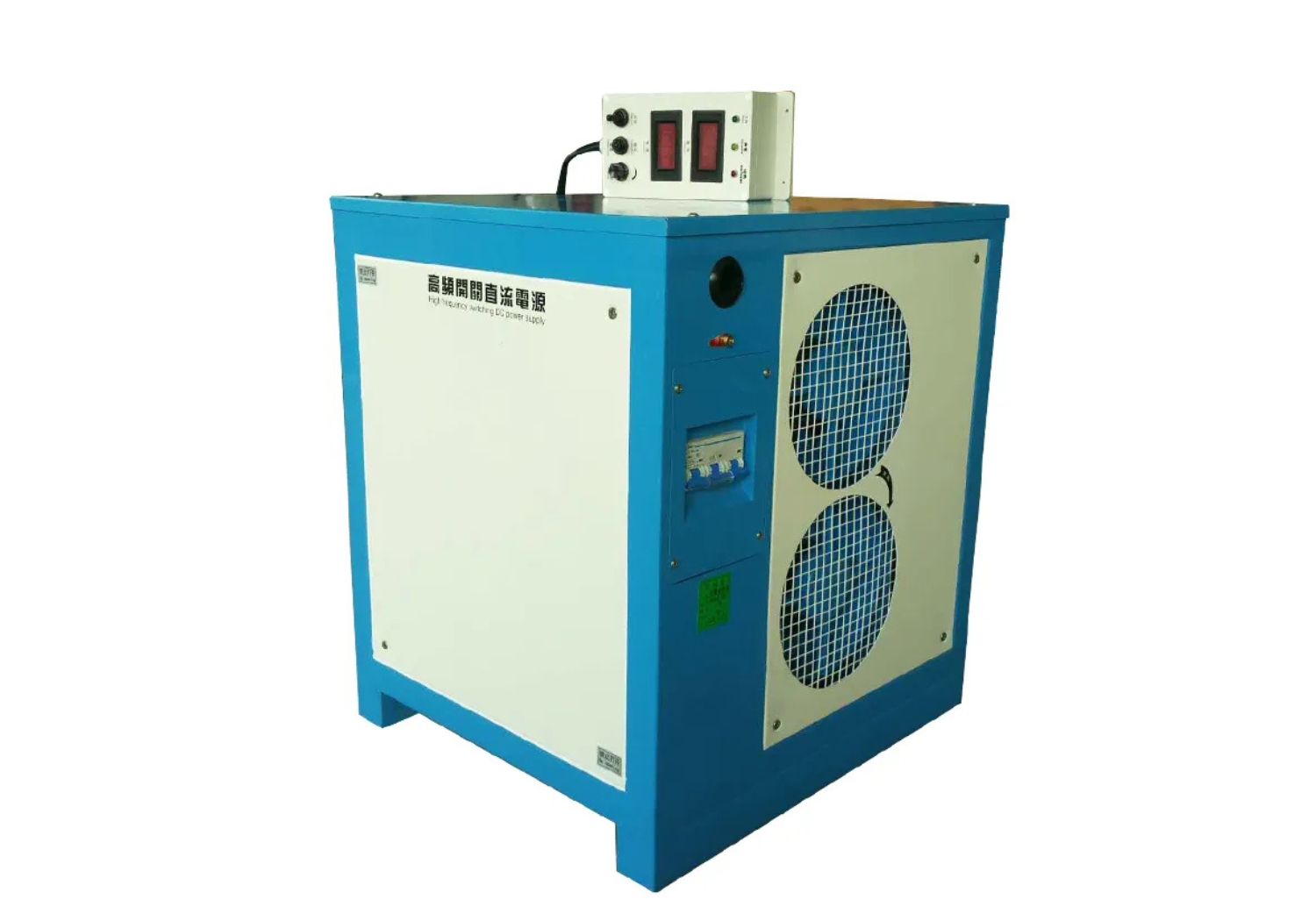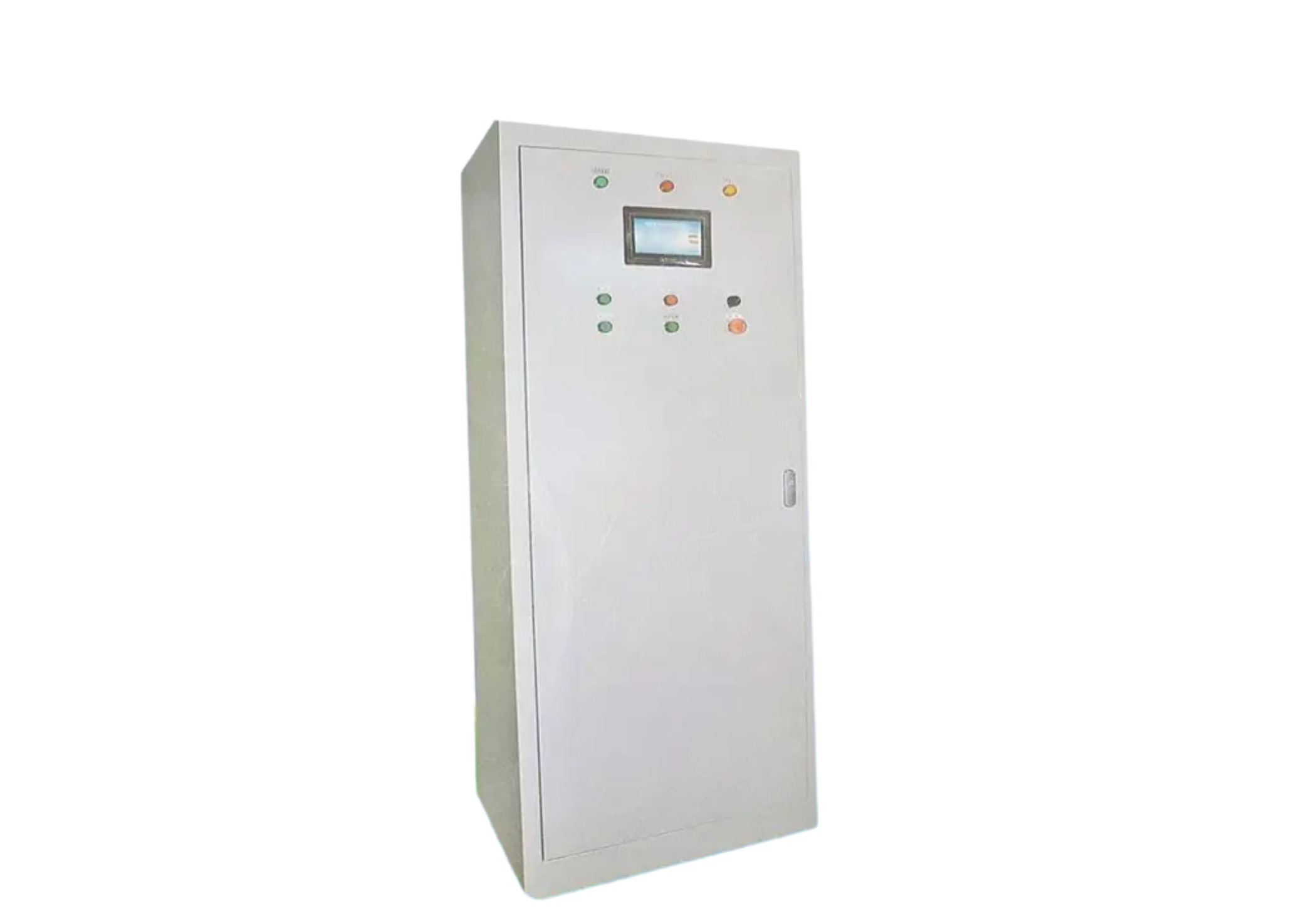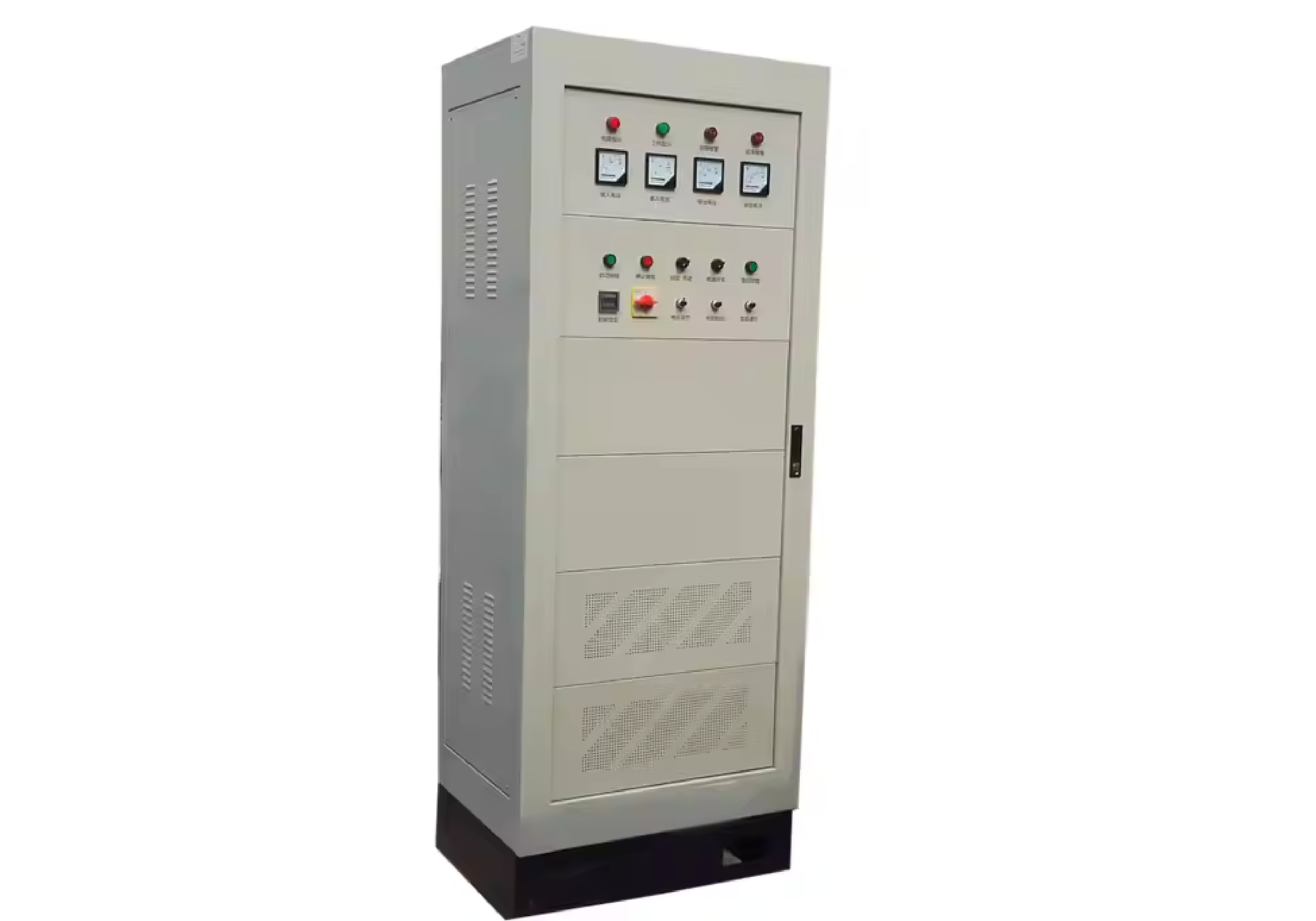Key Performance Parameters for Thyristor Modules in UPS Systems
Uninterruptible Power Supply (UPS) systems are the backbone of critical infrastructure, ensuring clean, continuous power for data centers, medical facilities, and industrial automation. Thyristor modules used in UPS must possess specific performance parameters to maintain efficiency, durability, and safety under varying load conditions. This article examines these key parameters, emphasizing how module design affects UPS stability and performance.
1. Voltage and Current Ratings
A UPS system must handle both steady-state and transient loads. High voltage withstand and high current capacity are essential. For example, the 1600V 14500A plasma cutter High surge current low on‑state voltage industrial phase control dual thyristor module exemplifies modules capable of handling massive surge currents during startup or fault conditions. Though plasma cutters differ from UPS, the design criteria—especially the ability to withstand short-term surges—are applicable in UPS output stages and bypass circuits.
UPS modules intended for data centers often employ the ceramic base anodizing data center High surge current low on‑state voltage industrial phase control dual thyristor module configuration. Such modules combine a ceramic substrate and anodized housing to provide voltage insulation and heat dissipation. UPS systems demand consistent performance under fluctuating loads, and high surge current capacity protects against sudden demand changes.
High-voltage UPS modules in large-scale industrial settings may align with the characteristics of the 6500V ceramic base bottling High surge current low on‑state voltage industrial phase control dual thyristor module. The higher voltage rating allows for efficient transmission with lower current, mitigating losses across conductors and enabling more compact wiring. Proper rating ensures that the UPS can support peak loads without overvoltage breakdown or compromised insulation.
2. On‑State Voltage and Conduction Losses
A critical factor affecting UPS efficiency is conduction loss, which depends largely on the on‑state voltage (V_on) of the thyristor. A low on‑state voltage reduces internal power dissipation and heat, which in turn reduces cooling requirements and improves energy efficiency.
Modules like the ceramic base anodizing data center High surge current low on‑state voltage industrial phase control dual thyristor module are designed to have very low V_on, especially under high surge current conditions. Low conduction losses are vital where UPS systems operate near full load, helping minimize wasted energy and reactive heating.
Similarly, the 1600V 14500A plasma cutter High surge current low on‑state voltage industrial phase control dual thyristor module must maintain low V_on even under high pulse currents. Although such modules are built for worse conditions, UPS stages often see high inrush currents (e.g., during battery connection or load switching), so low on‑state voltage is highly beneficial.
The 6500V ceramic base bottling High surge current low on‑state voltage industrial phase control dual thyristor module also shares this trait: high voltage capability coupled with low on‑state voltage ensures that power losses remain minimal even for long-duration operation, which is critical for UPS systems supporting long-running loads like servers or telecom equipment.
3. Thermal Management and Packaging
Thermal performance is as important as electrical performance. Heat generated by conduction losses and surge events must be dissipated effectively to avoid failure or derating.
Ceramic base substrates, anodized heat‑sink interfaces, and effective industrial phase control designs (i.e., controlled switching to minimize thermal stress) are features included in modules such as the ceramic base anodizing data center High surge current low on‑state voltage industrial phase control dual thyristor module. These designs help maintain acceptable junction temperatures even during overload or fault scenarios.
Modules rated for extreme current, such as those similar to the 1600V 14500A plasma cutter High surge current low on‑state voltage industrial phase control dual thyristor module, must accommodate heavy thermal loads, often via large copper heat spreaders, thick baseplates, and sometimes forced cooling (air or liquid).
Meanwhile, high‑voltage modules like the 6500V ceramic base bottling High surge current low on‑state voltage industrial phase control dual thyristor module face insulation challenges; packaging must ensure proper creepage distances and thermal paths to avoid heat‑induced breakdowns.
4. Switching Speed, Phase Control, and Surge Tolerance
UPS systems must react quickly to disturbances – switching between power sources, handling load transients, or responding to faults. Therefore, switching speed and phase control precision are key.
Industrial phase control enables the module to modulate output voltage and reduce harmonic distortion. Modules with fine control over phase angle reduce stress on downstream loads. The ceramic base anodizing data center High surge current low on‑state voltage industrial phase control dual thyristor module typically offers tight phase‑control response for smooth transitions.
Surge tolerance (both voltage and current) is necessary. The 1600V 14500A plasma cutter High surge current low on‑state voltage industrial phase control dual thyristor module, for instance, is built to handle very high transient currents without damage, a useful reference when selecting UPS modules that must endure battery startup surges or fault currents.
5. Reliability, Lifespan, and Environmental Resistance
Finally, durability over time under typical UPS duty conditions matters. Thermal cycling, load switching, humidity, and vibration challenge module integrity.
Modules using robust materials like ceramic bases and anodized housing—as in the ceramic base anodizing data center High surge current low on‑state voltage industrial phase control dual thyristor module—tend to resist environmental stress better, maintaining performance over many cycles.
Extreme modules (e.g., ones based on the 1600V 14500A plasma cutter High surge current low on‑state voltage industrial phase control dual thyristor module spec) can also serve as benchmarks: materials and designs that survive such harsh environments will generally exceed UPS requirements.
Conclusion
UPS systems demand thyristor modules that combine high voltage and current ratings, low conduction losses, excellent thermal management, rapid switching with precise phase control, and reliable, durable packaging. Whether drawn from designs like the ceramic base anodizing data center, 1600V plasma cutter, or 6500V bottling modules, these performance parameters guide the selection of suitable UPS components.






